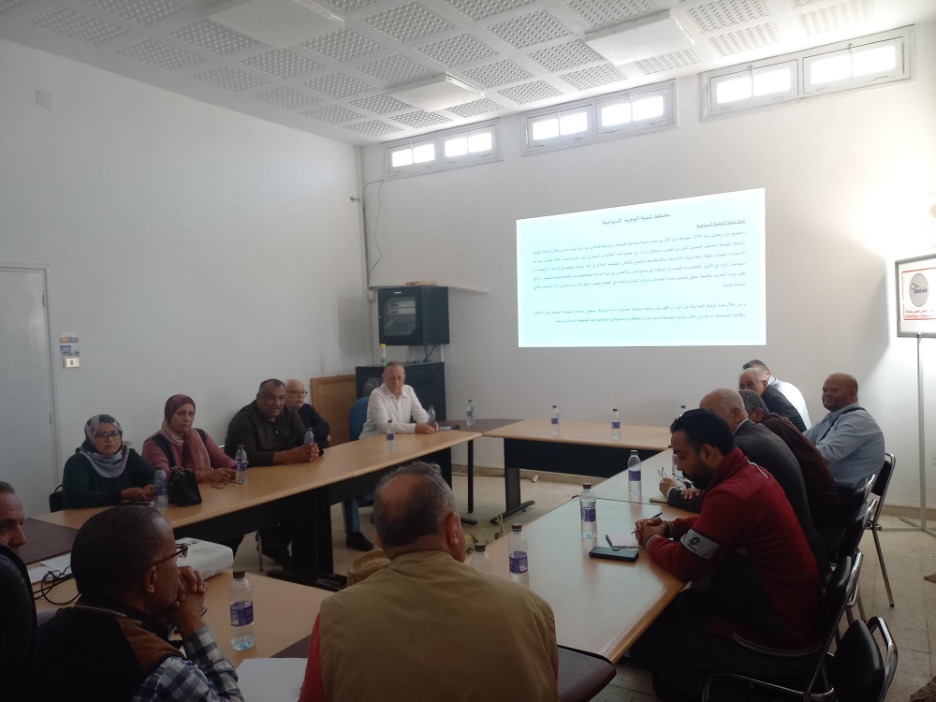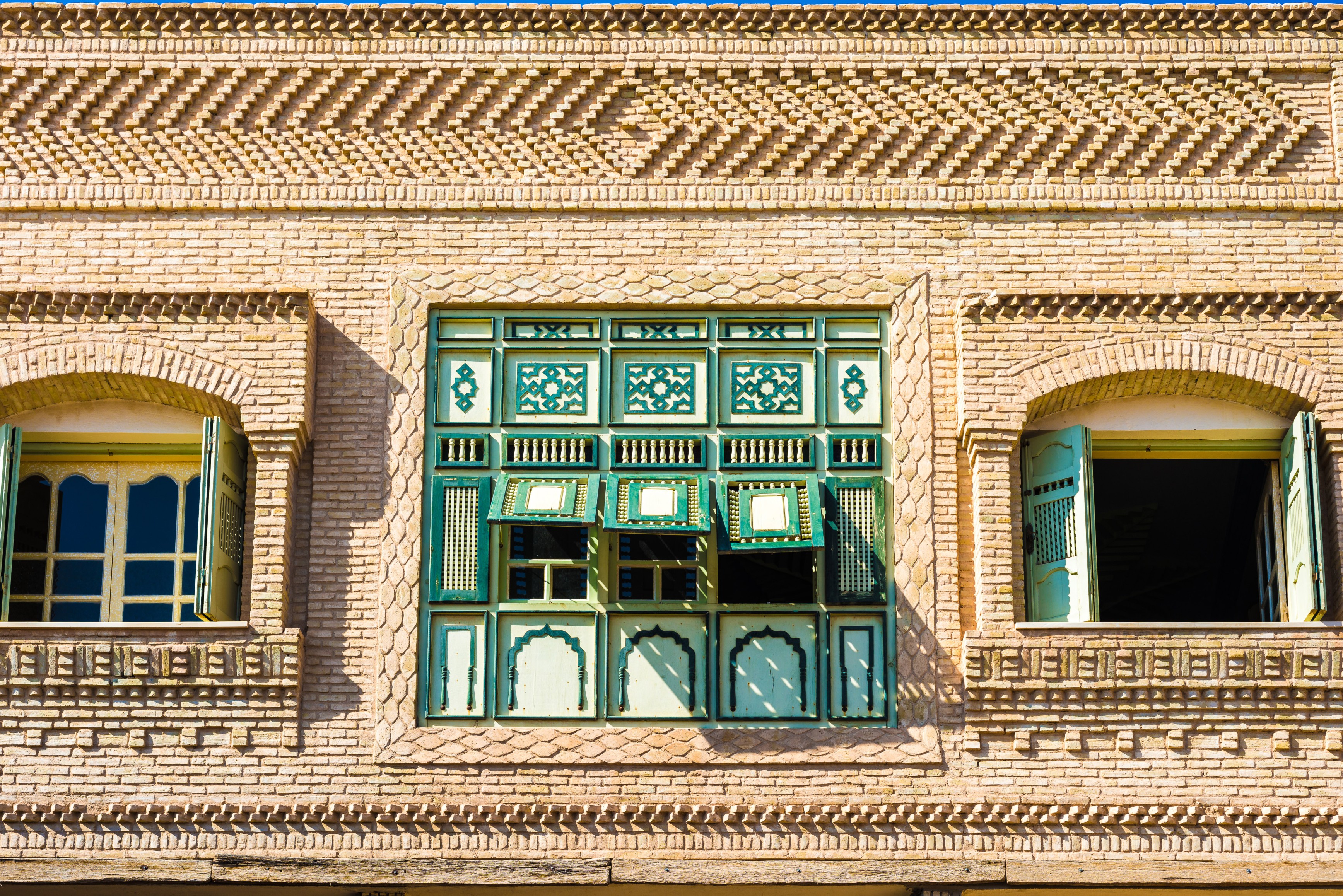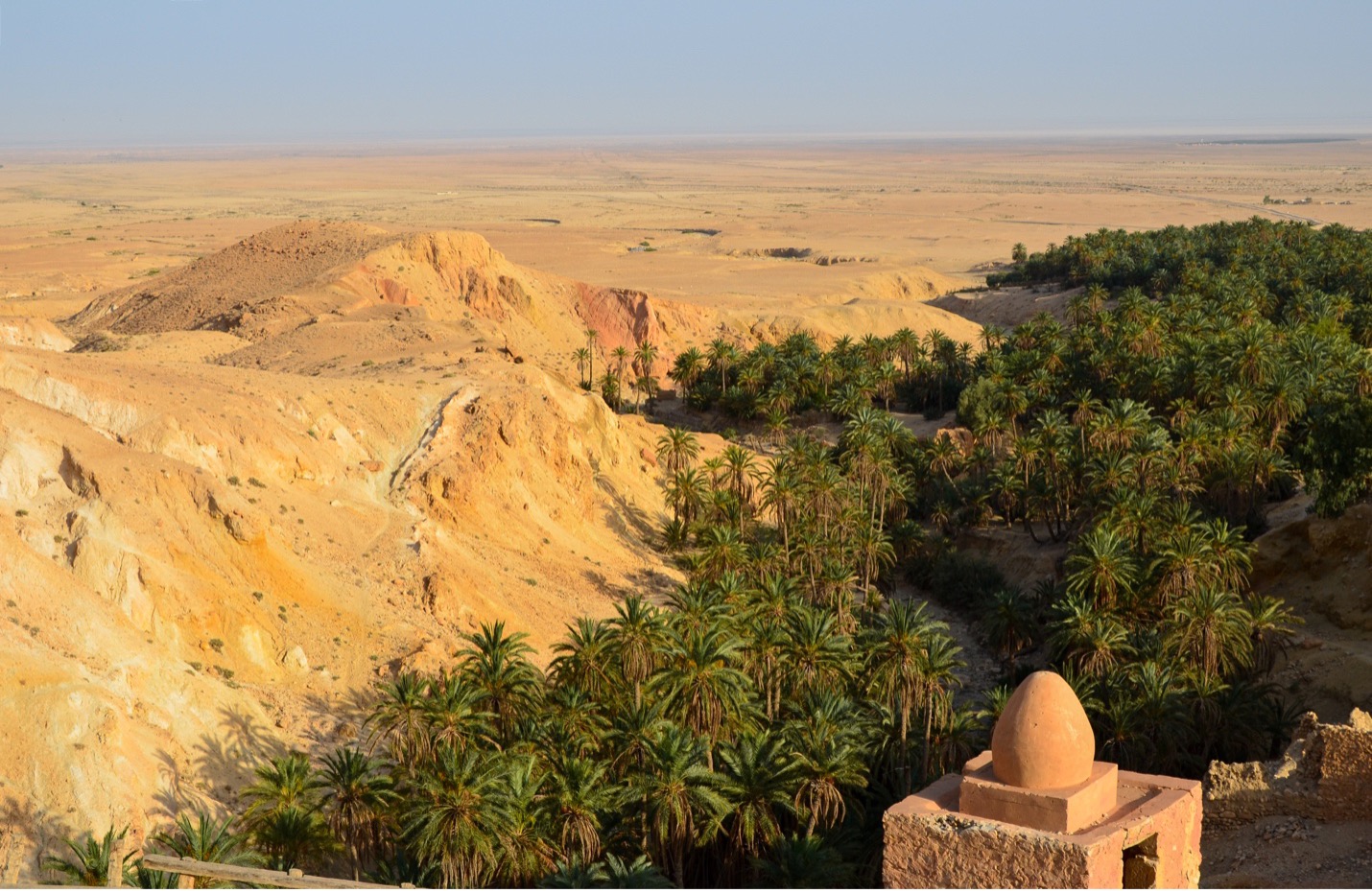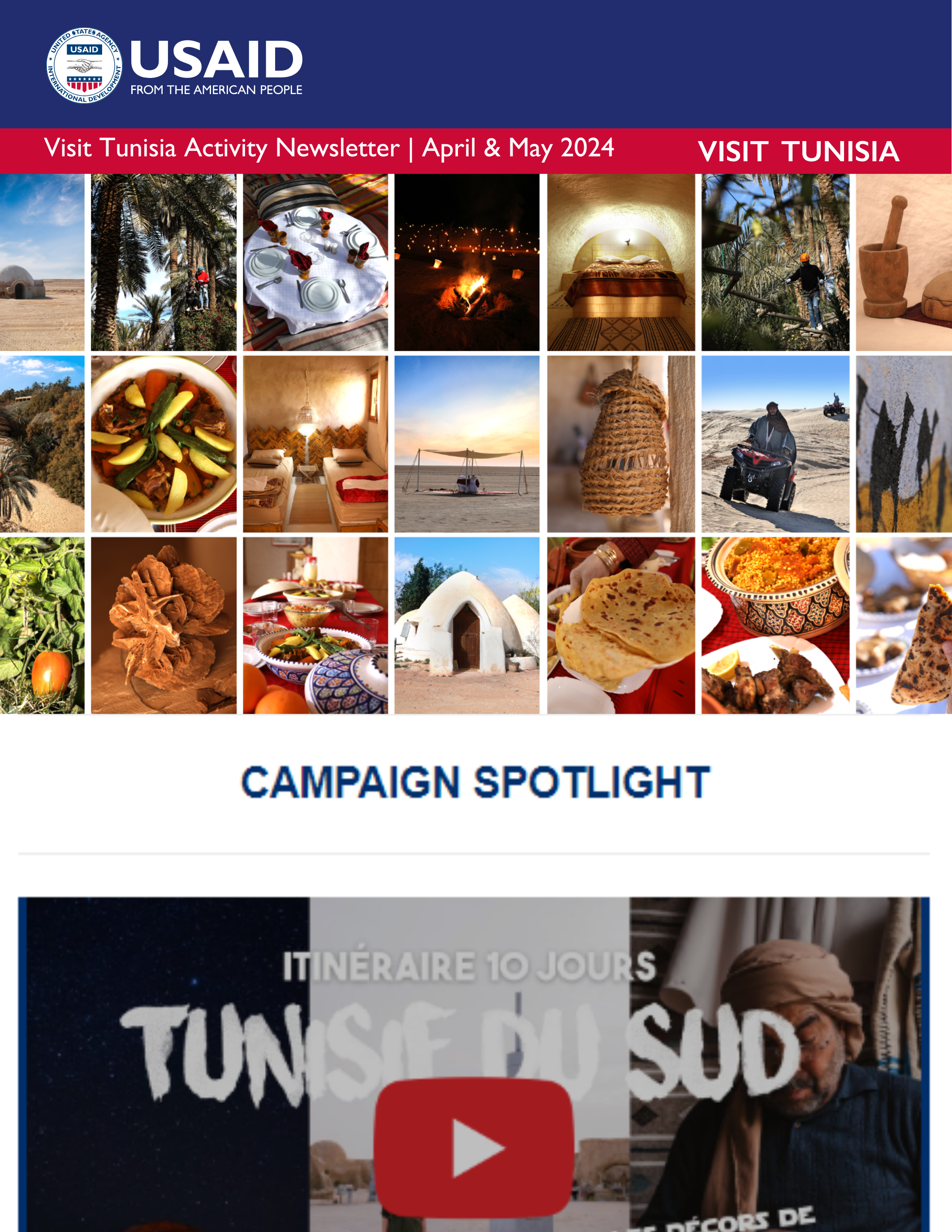Through 2022, the USAID Visit Tunisia team has worked to formulate six Destination Development Plans for the project’s six priority regions. Each DDP development process involved desk research, field research, and a dialogue with a wide range of stakeholders: local government, tour operators, accommodation providers, small business owners, NGOs, residents, and more.
First Regional Destination Development Plan Unveiled to Local Stakeholders in Tozeur
Articles / 30-11-2022A decline in visitor arrivals in recent years and the deterioration of tourism infrastructure and services have created a crisis in Tozeur’s local tourism industry. Many hotels currently sit empty, and the tourism businesses that remain open struggle to stay afloat. The 81-page Tozeur DDP was created to address these concerns and safeguard the future of the region’s tourism industry.
The next step towards implementation was presenting the DDP through a validation workshop to an advisory panel on November 18th in the Tozeur CRT office. In attendance were Regional Directors of the CRT, Culture, Handicraft, Development, Environment, and Agriculture; the Regional Presidents of Travel Agencies, Hotels, and Tourism Promoters for Museums and Accommodations; and active regional tourism NGOs.

Part 1 of the DDP provides an overview of the tourism situation in Tozeur, describing its history in the region and how it has become an essential component of the region’s economy. Part 1 also builds a shared understanding of Tozeur’s tourism sector trends, including its assets, visitor profile, infrastructure, services, access, human capital, level of technology adoption, and impact on the environment and cultural heritage.
Part 2 of the DDP outlines the 2035 vision for Tozeur’s tourism sector, strategic objectives, targets and key performance indicators, strategic initiatives, and a detailed action matrix.
The panel provided the following feedback:
- Local stakeholders are concerned about investment availability. They mentioned many obstacles to financing tourism initiatives in the region, but are optimistic about USAID Visit Tunisia’s Crossboundary partnership to finance PPPs.
- Accessibility is a significant problem. A priority must be helping domestic and international tourists access the region, through direct flights from Europe to Tozeur’s airport and increased domestic flights.
- Marketing must be a priority. The advisory panel wants more attention paid to the marketing of Saharan and Oasis tourism and looks forward to collaborations.
- The region currently lacks quality training. Professional training is urgently needed.

The USAID Visit Tunisia team feels confident about addressing the main identified points, with each being targeted under the existing activities of the project.
As Nabil Gasmi, Project Engagement Specialist, noted about the validation session, “The group really appreciated our work, and now are excited to continue onto the next steps outlined in the DDP. They agree with the challenges that the industry faces, and we have come together on clear priorities and action steps needed to improve Tozeur’s tourism.”




